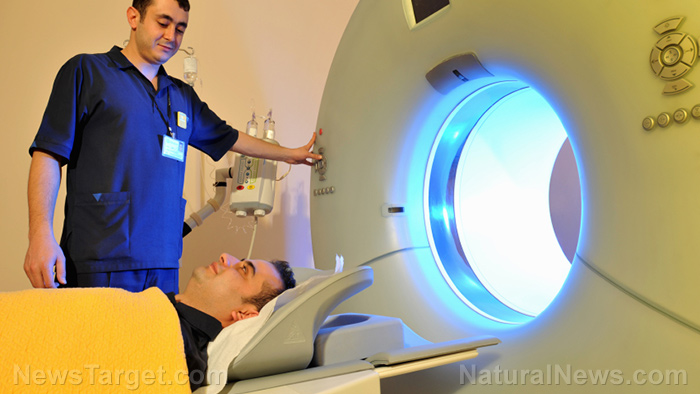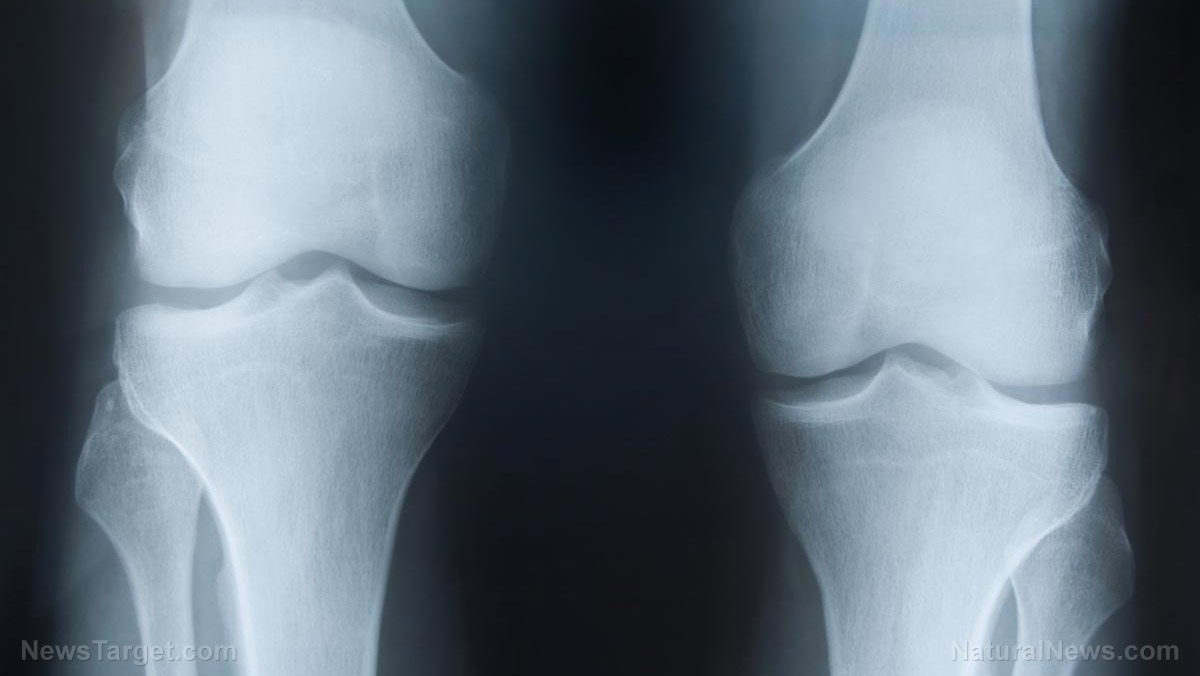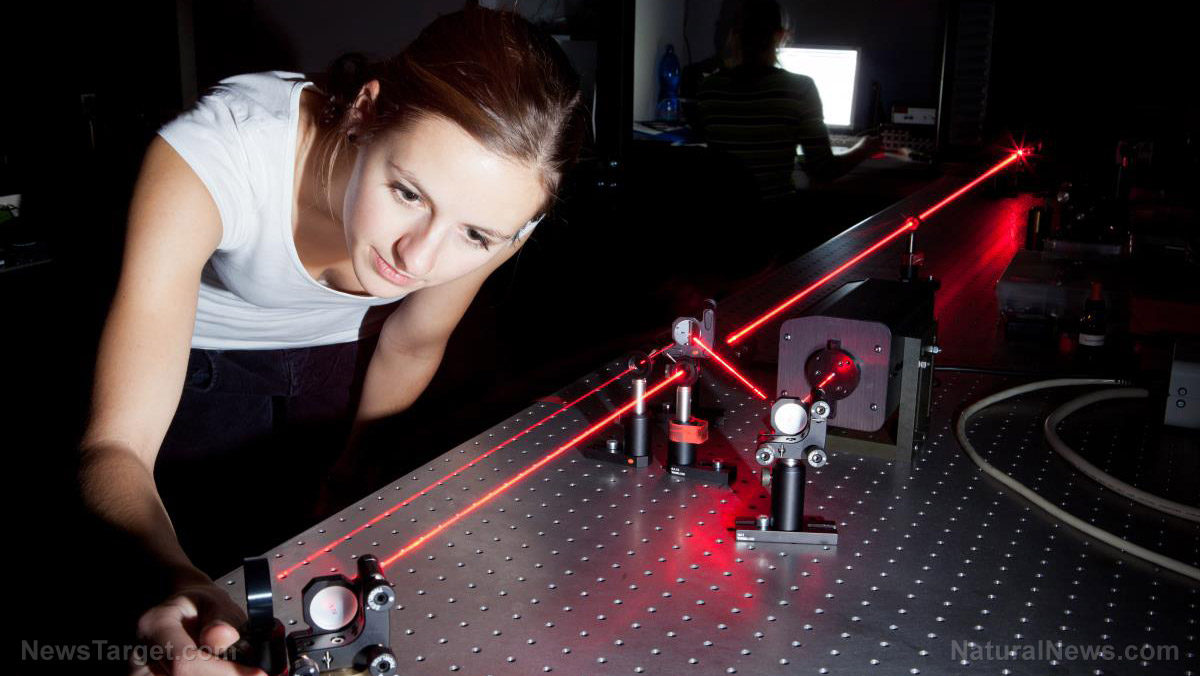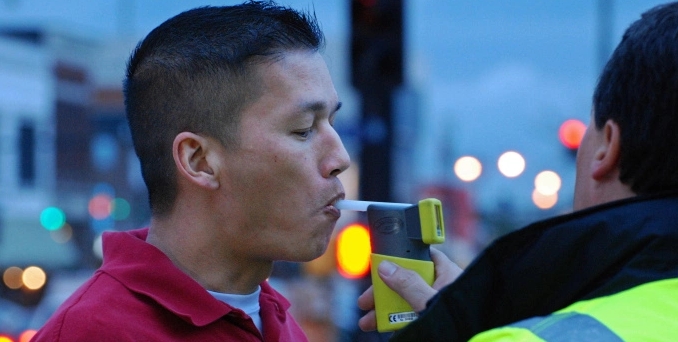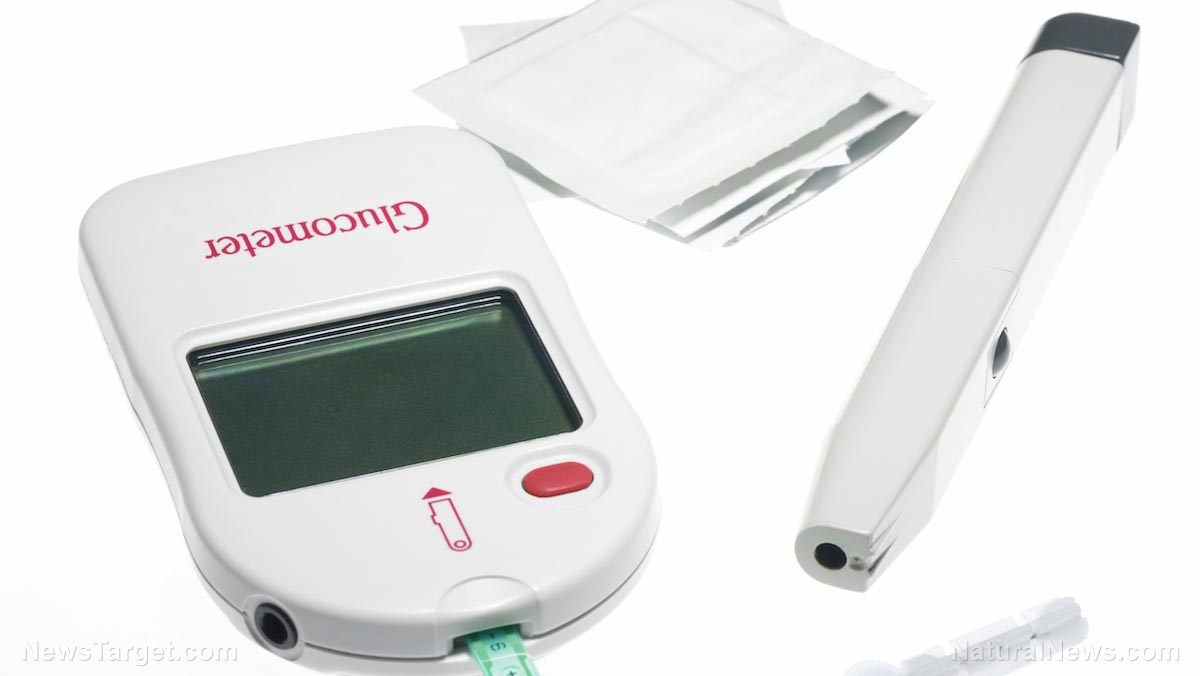New tool in the fight against superbugs: A test that shows if bacteria is antibiotic resistant
02/20/2019 / By Frances Bloomfield

A group of researchers from the California Institute of Technology (Caltech) has developed a new antibiotic-resistant detection test. According to Science Daily, their process will allow medical professionals to determine how bacteria will react to a particular antibiotic in no more than half an hour. What once took two to three days could be done in the span of a single doctor’s appointment.
Their test works by using a urine sample collected from a patient. The sample is divided into two parts: one part is exposed to antibiotics for 15 minutes while the other part of the sample is incubated without antibiotics. The bacteria from the two samples then undergo lysing to break down and release their cellular contents. These are then exposed to a process that utilizes both a detection chemistry technique called dLAMP and the SlipChip, a microfluid device that performs multi-plexed microfluid reactions. The targeted DNA markers will appear on the SlipChip as bright green spots — the fewer there are, the more effective an antibiotic is against that particular bacteria. If the treated and non-treated samples display the same number of dots, then the drug has had no effect on the bacteria.
Through this test, the Caltech team has taken on one of the most pressing problems in the fight against superbugs: overprescription. Many doctors tend to pass over first-line antibiotics in lieu of stronger ones when treating bacterial infections, claim the researchers. They do this because of the high chance that weaker antibiotics won’t work. Unfortunately, this results in bacteria developing resistance to second-line drugs.
“Right now, we’re overprescribing, so we’re seeing resistance much sooner than we have to for a lot of the antibiotics that we would otherwise want to preserve for more serious situations,” said Caltech graduate student and study co-author Natha Schoepp. (Related: Antibiotic resistance poses ‘catastrophic threat’ to mankind over next 20 years: Breaking report)
To put their new technique to the test, the researchers used it on 54 urine samples collected from patients with urinary tract infections (UTI). All of these patients had UTIs caused by Escherischia coli (E. coli), a type of bacteria typically found in the gastrointestinal tract. The researchers focused on UTIs due to them being one of the most common infections among humans, with UTIs accounting for eight million doctor visits a year in the United States alone. Their test yielded a 95 percent match with the results of the two-day test, itself the gold standard for accuracy.
On their test, study co-author Ethel Wilson Bowles and Robert Bowles professor of Chemistry and Chemical Engineering Rustem F. Ismagilov said: “Therapies are driven by guidelines developed by organizations like the World Health Organization or the Centers for Disease Control and Prevention without knowing what the patient actually has, because the tests are so slow. We can change the world with a rapid test like this. We can change the way antibiotics are prescribed.”
To that end, Ismagilov and Schoepp have said that they plan on running the test on other kinds of infectious bacteria to gauge its efficacy, as well as tweak it to allow it to work on blood samples. Compared to urine infections, blood infection tests are more difficult to run due to the bacteria in blood being much lower in number than in urine. Though if Schoepp, Ismagilov, and their colleagues succeed in doing this, then they can help reduce the number of deaths caused by blood-borne infections.
Visit SuperBugs.news to remain updated on all things relating to antibiotic resistance.
Fast facts about antibiotic resistance
- Antibiotic resistance is one of the world’s most dangerous public health problems, while overusing antibiotics is a major contributor to this growing issue.
- Those who are most at risk of antibiotic resistance are children and older adults since these groups have the highest rates of antibiotics usage. Moreover, nearly 30 percent of antibiotics prescribed to children have been found to be unnecessary.
- Antibiotics are responsible for one out of five emergency room visits for adverse drug events (ADEs). In the case of children, antibiotics are the leading cause of ADEs, with seven out of 10 ADEs being linked to antibiotics.
Sources include:
Tagged Under: antibiotic resistance, antibiotic resistant superbugs, Antibiotics, bacteria, Caltech, research, superbugs



